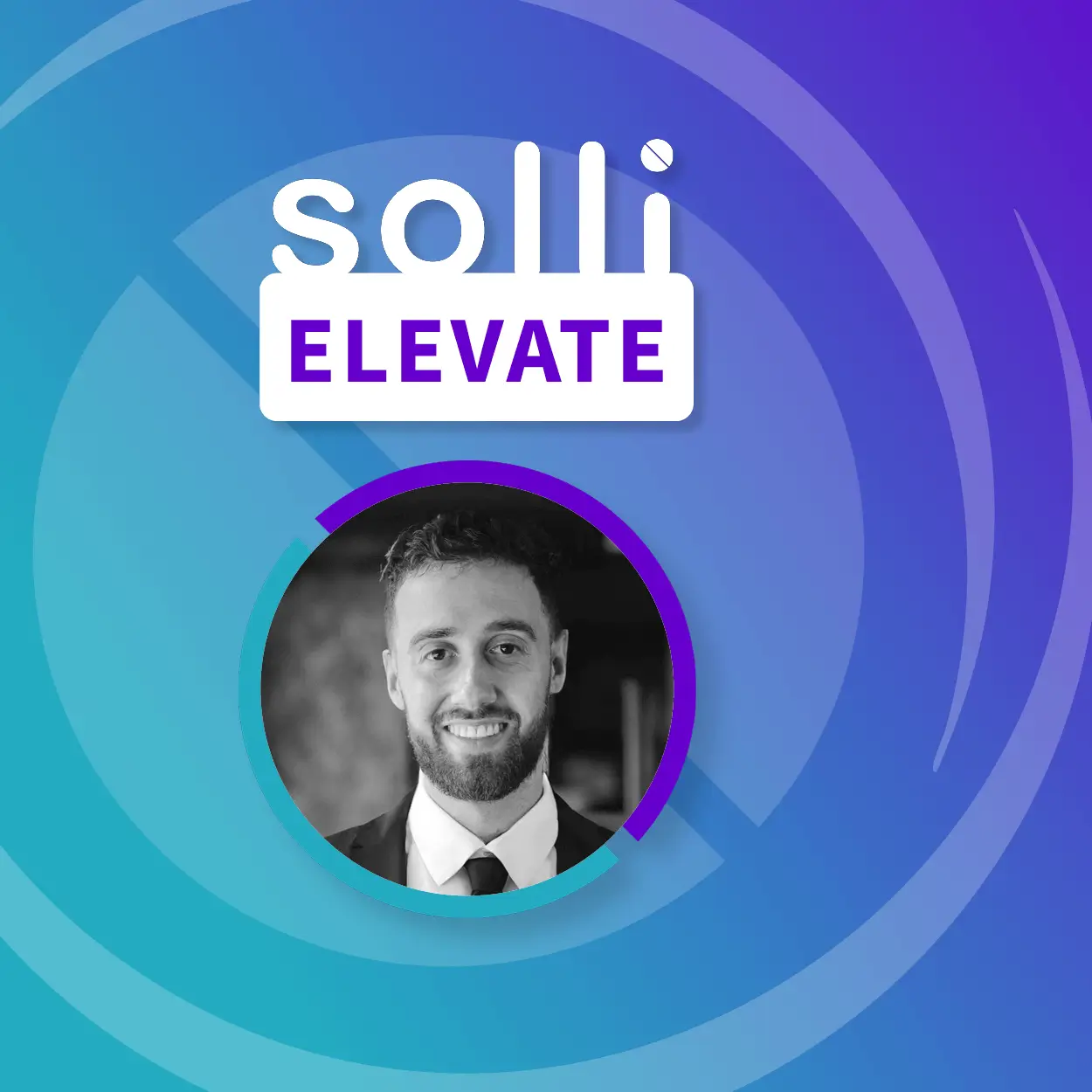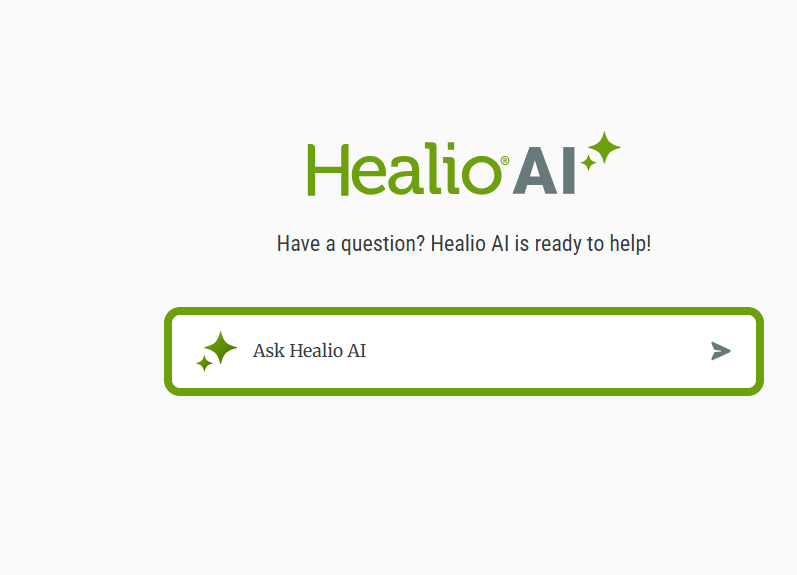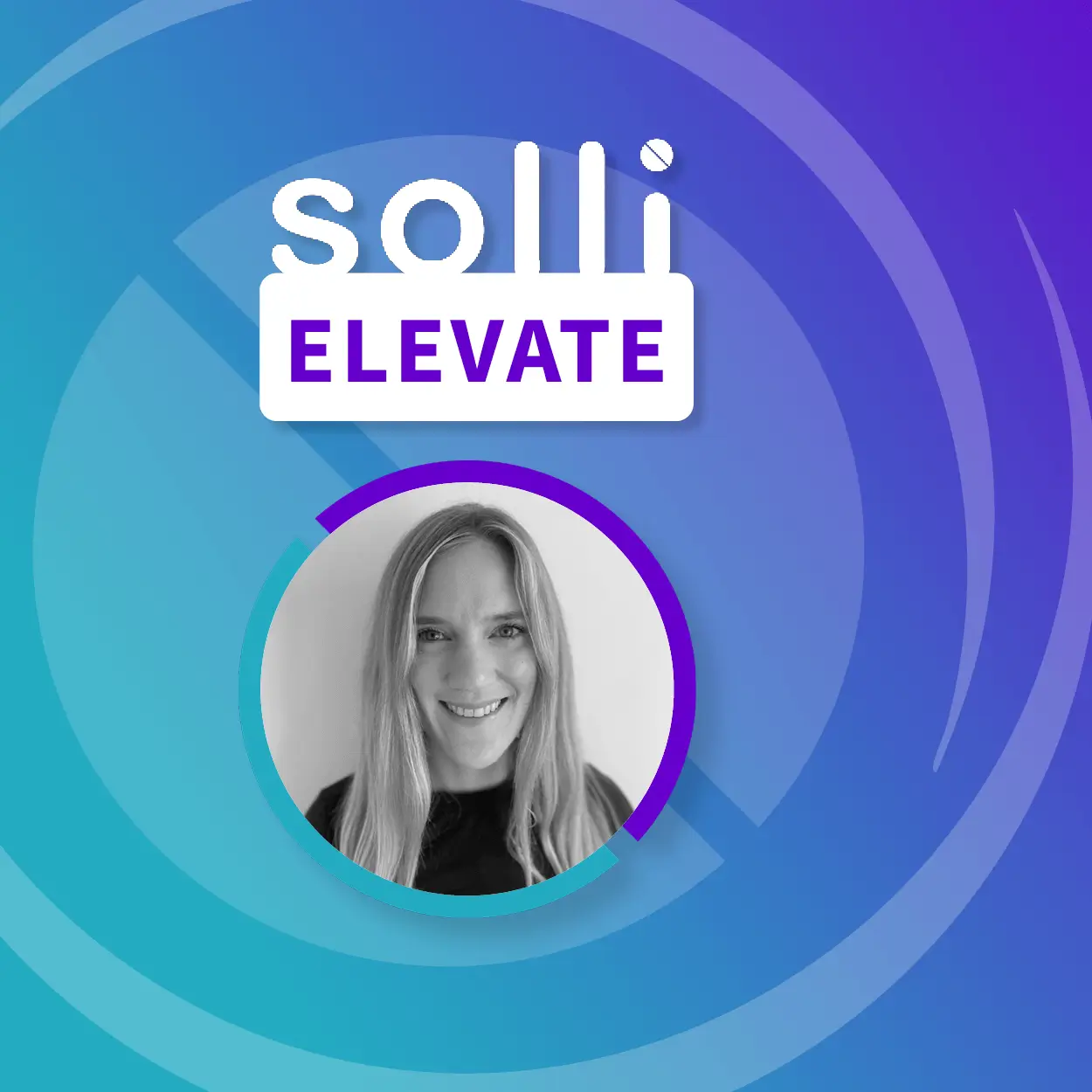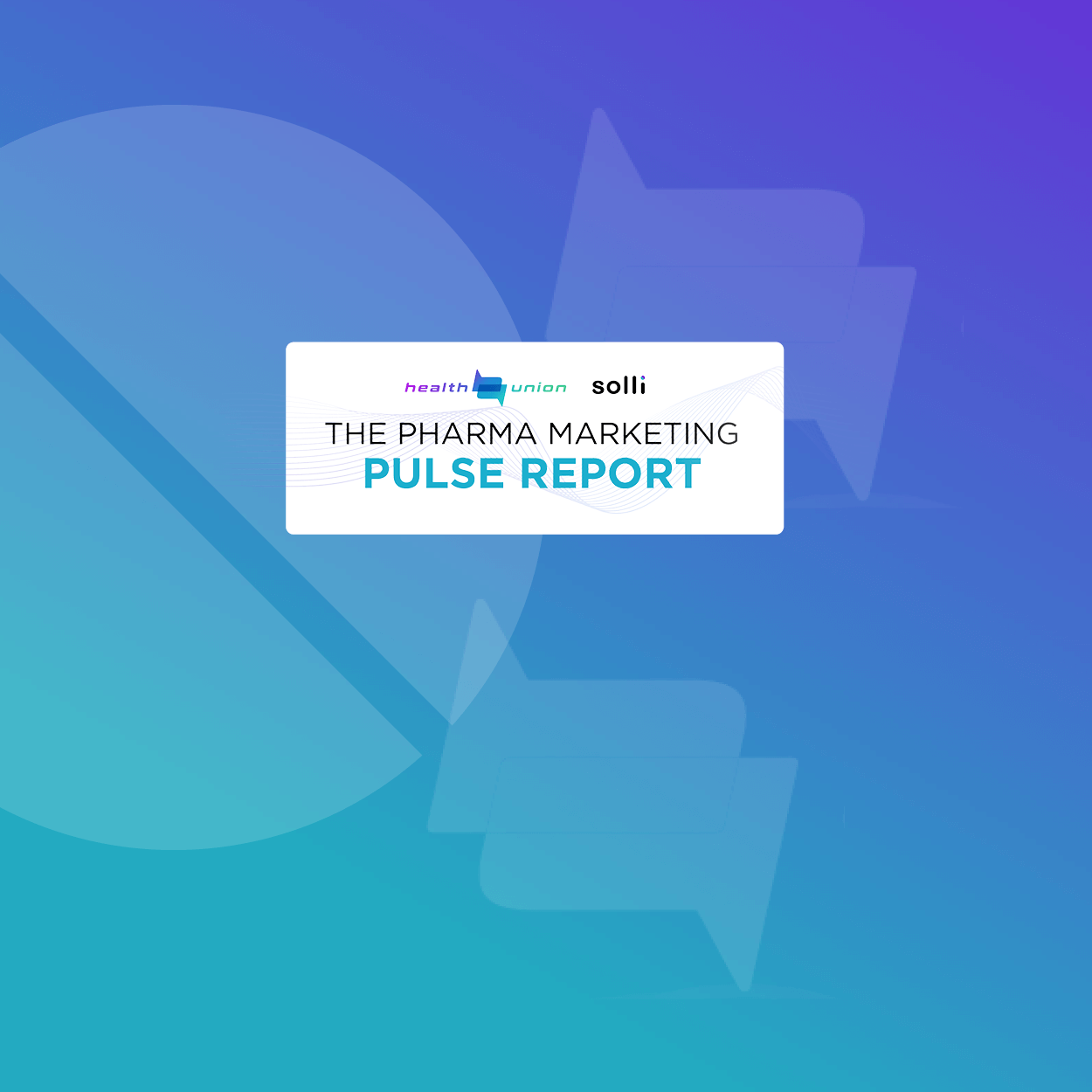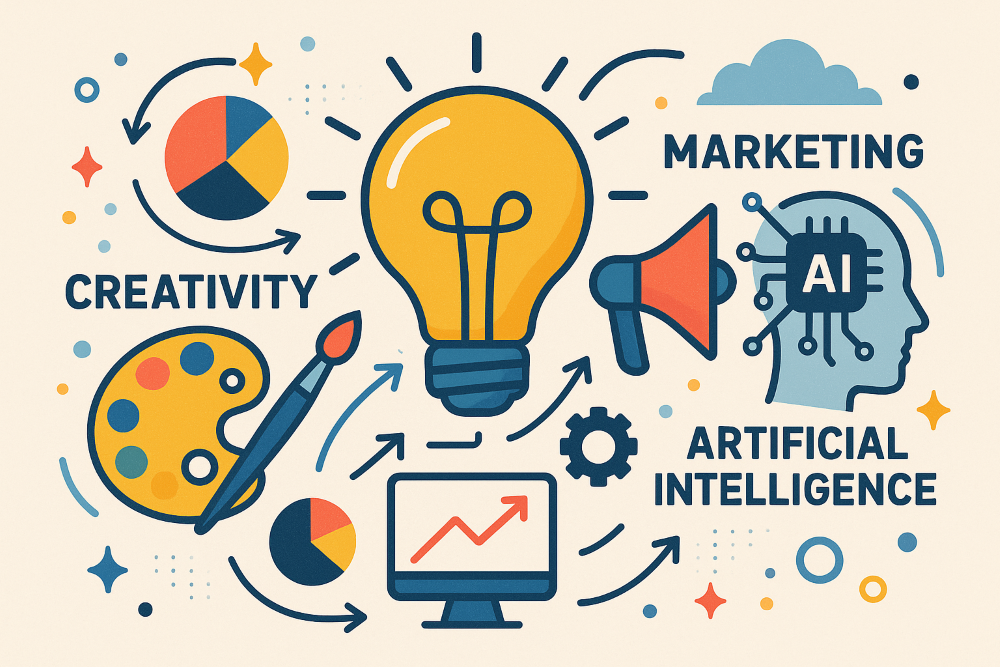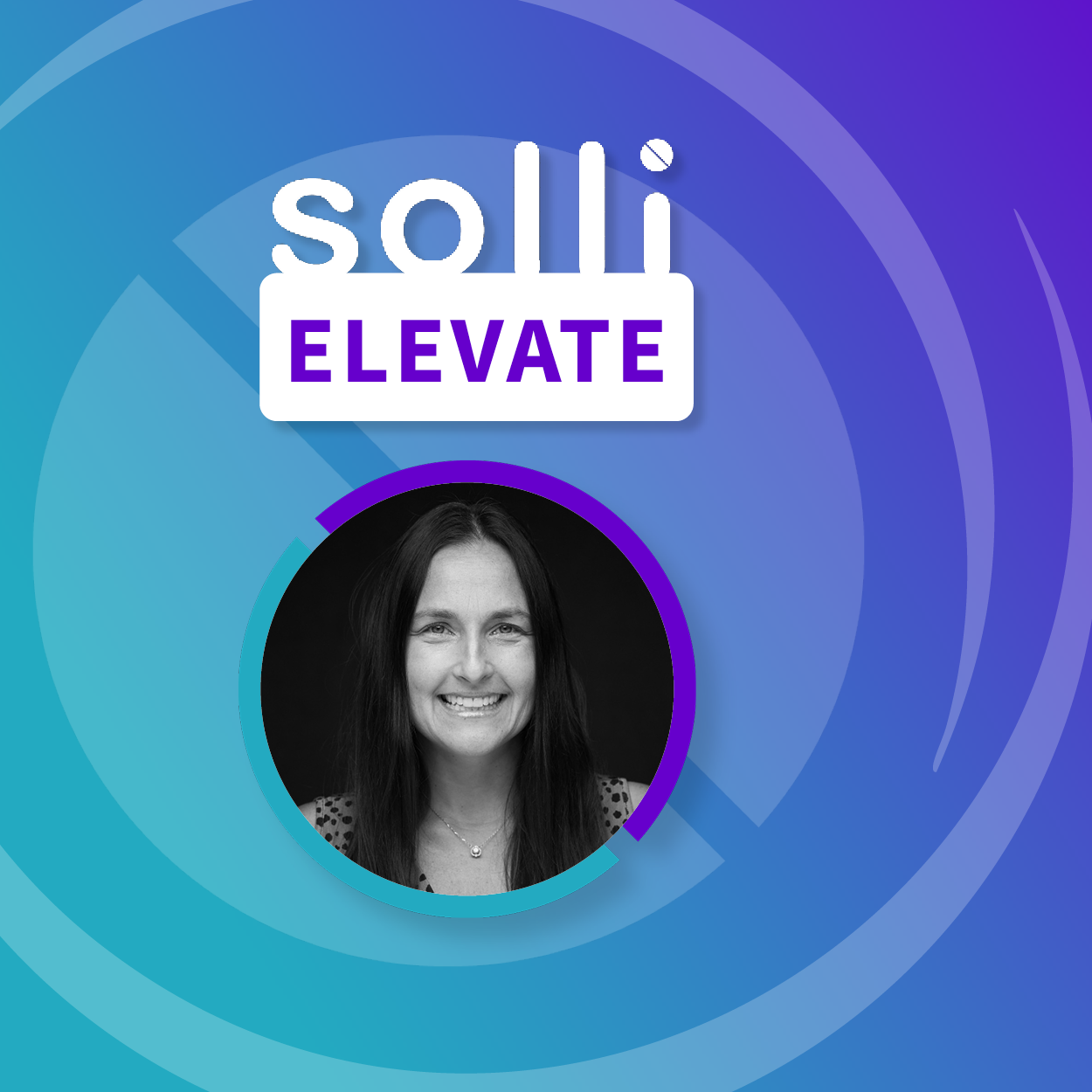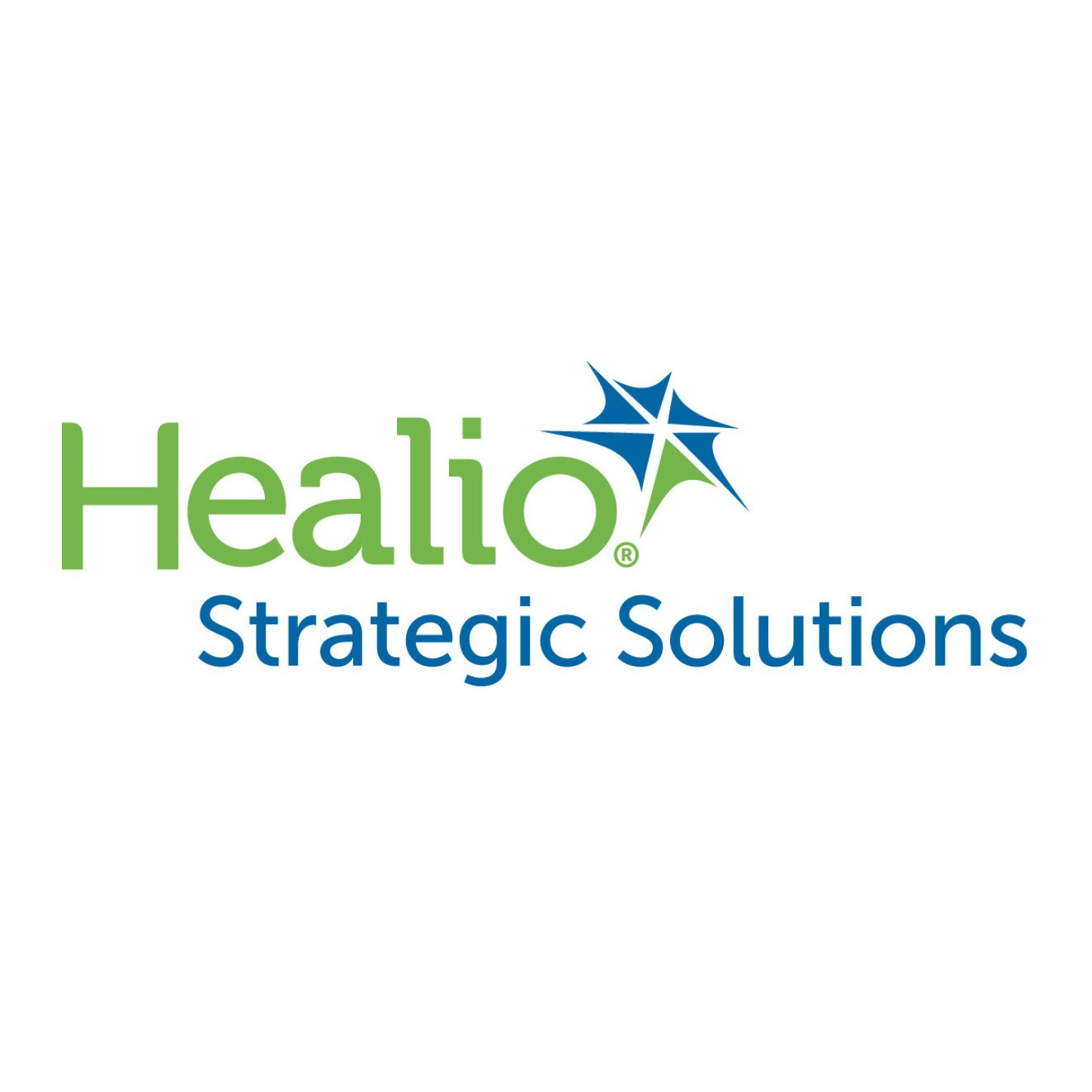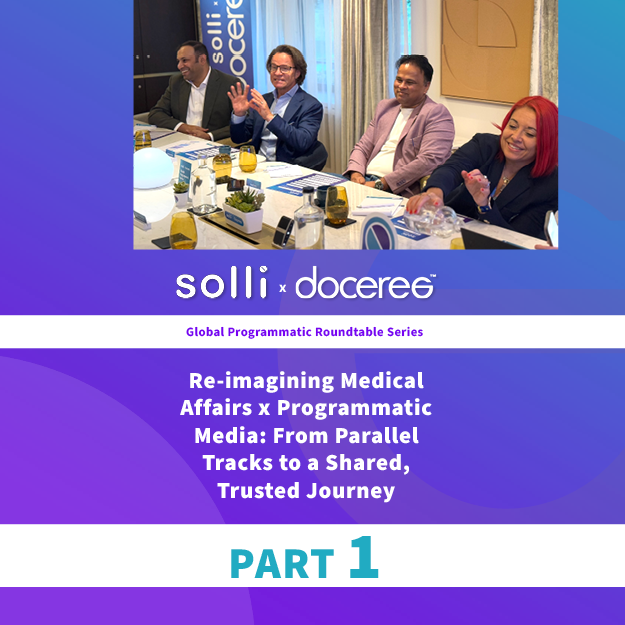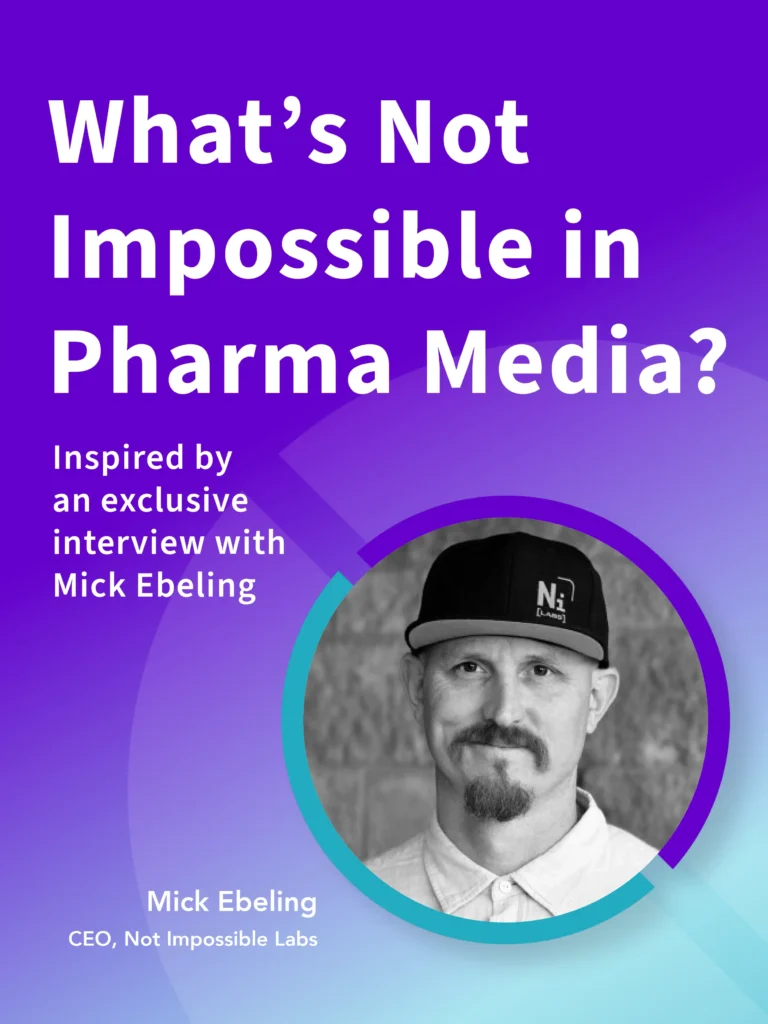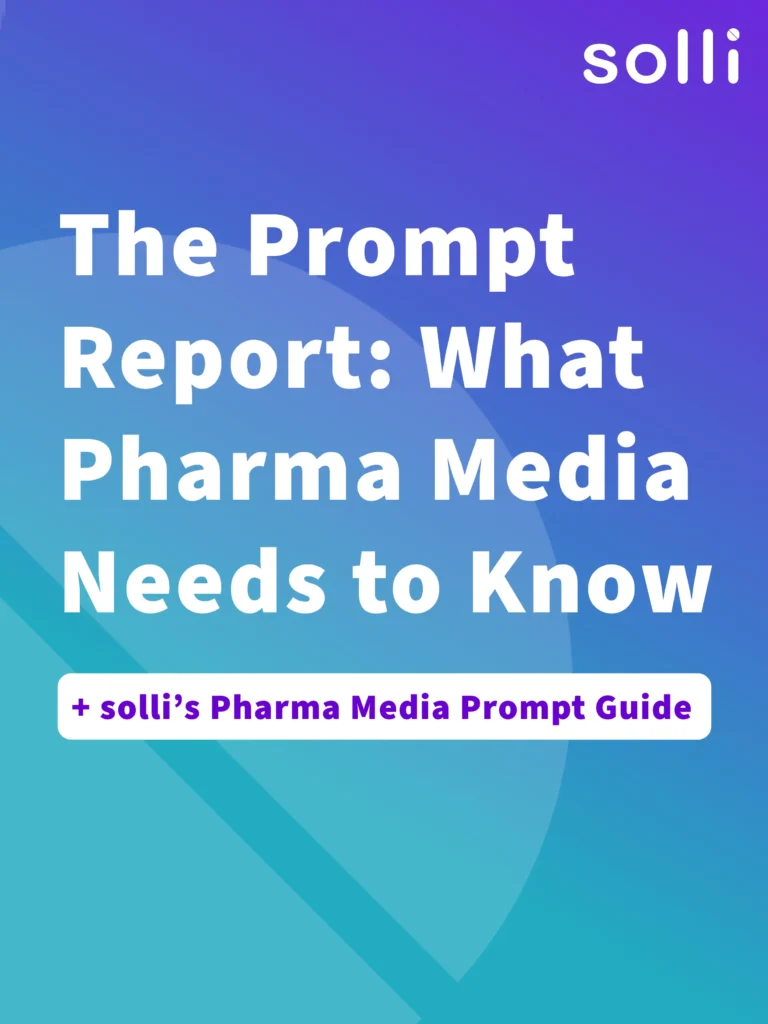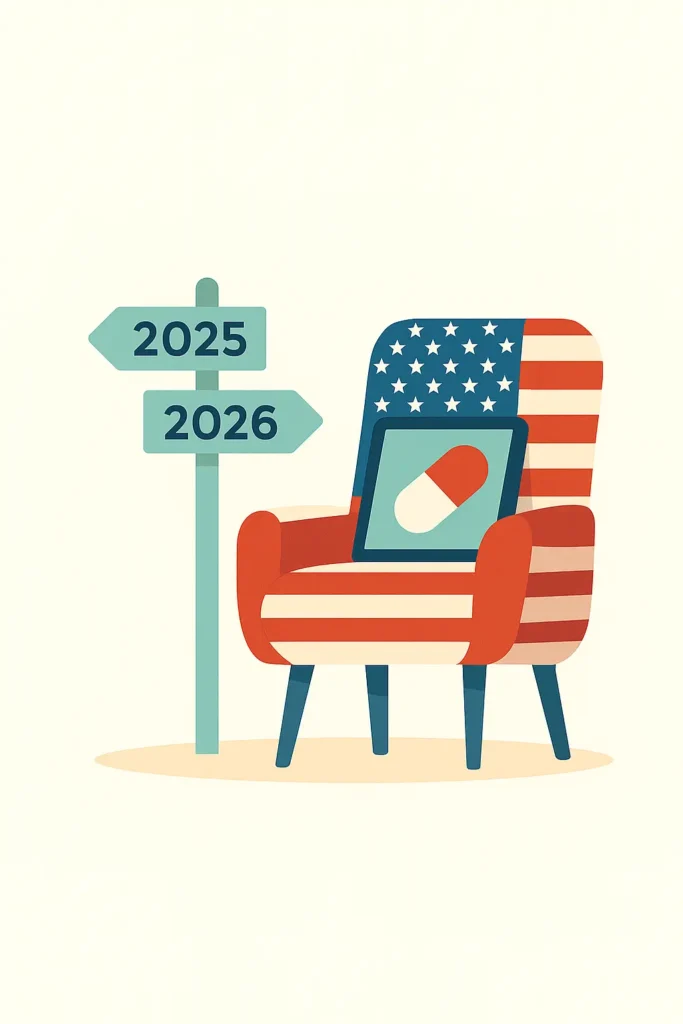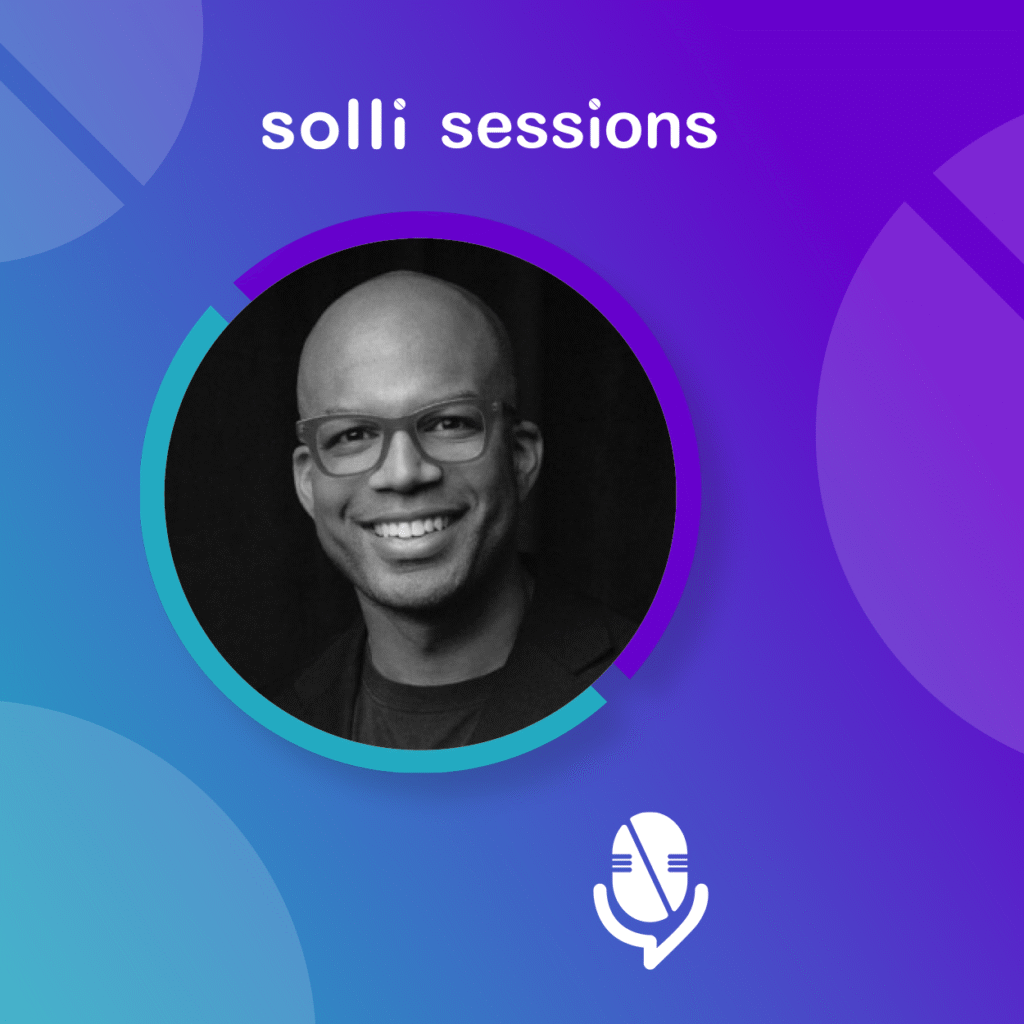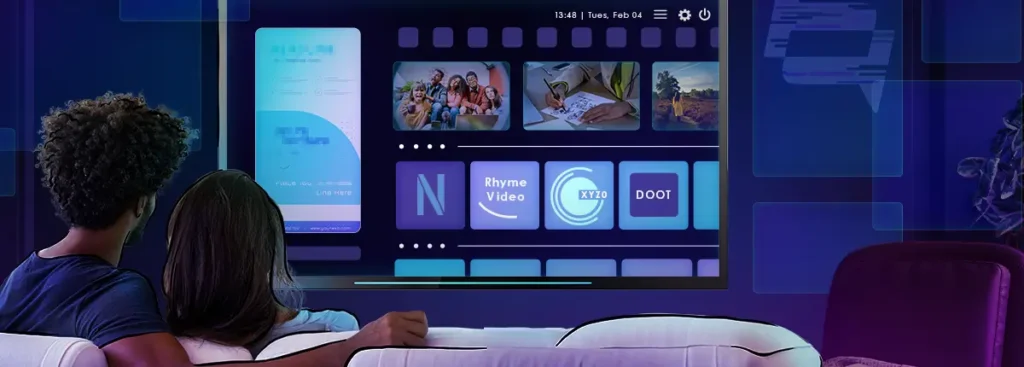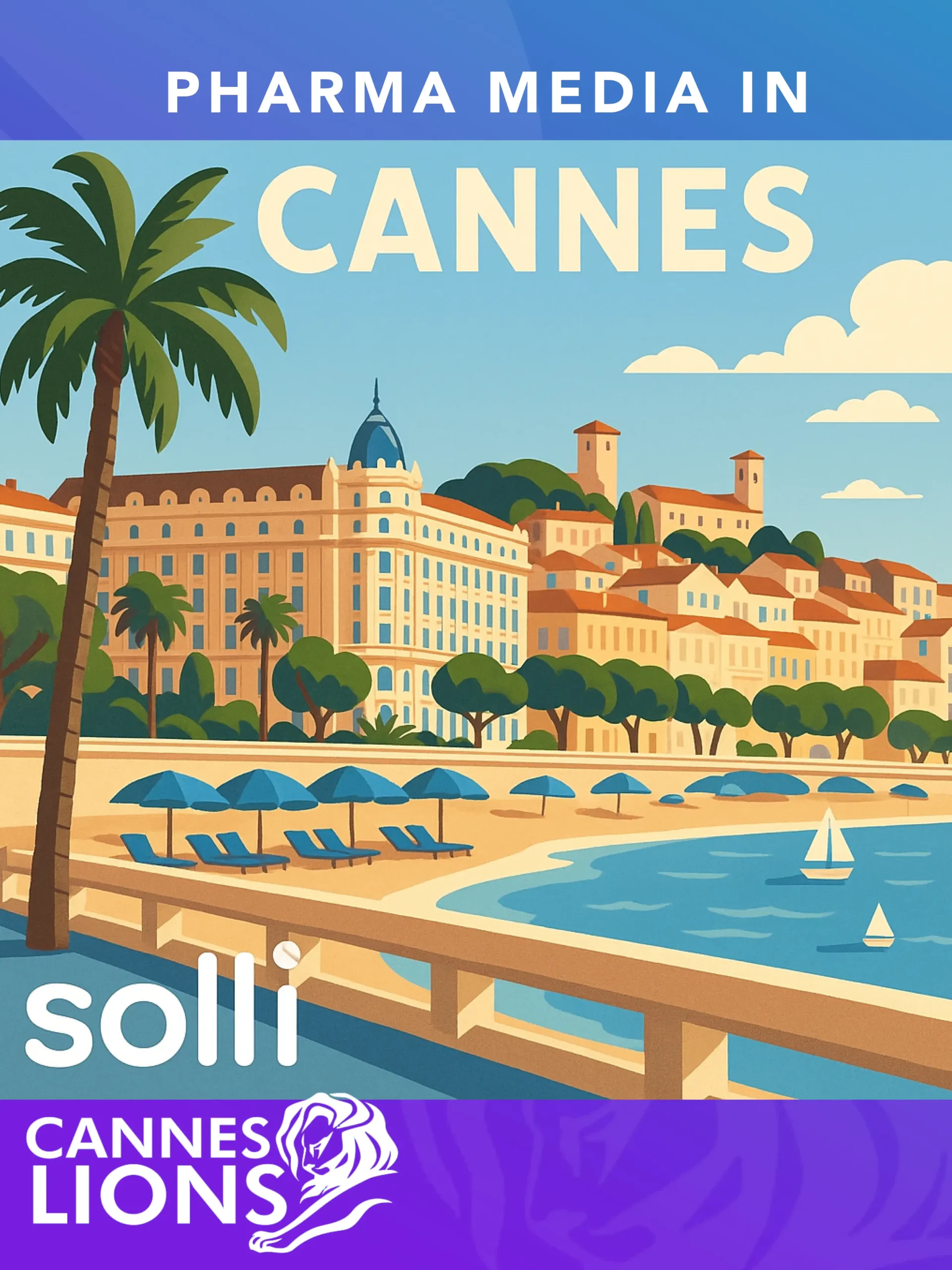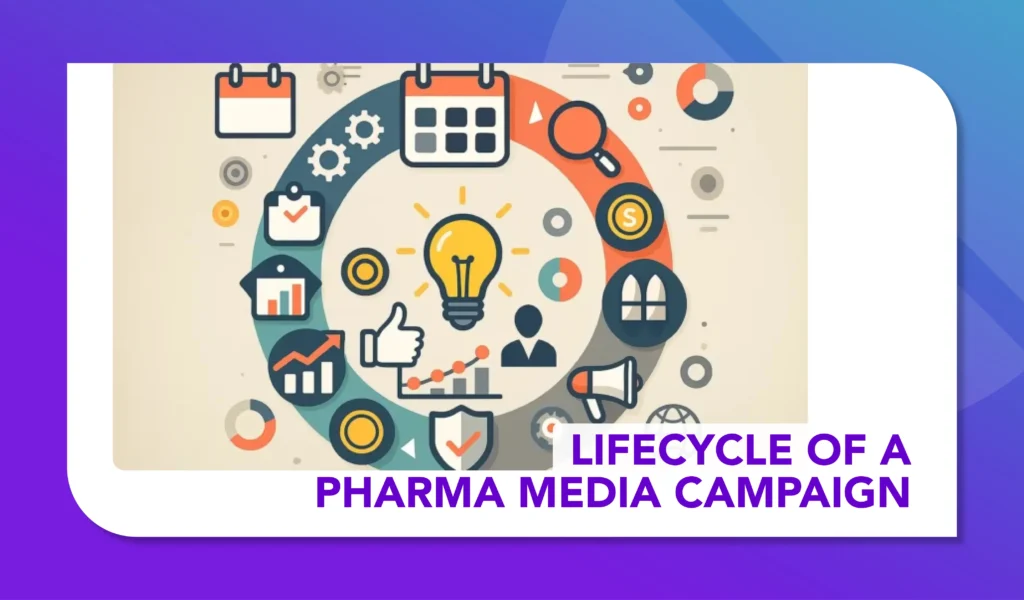Pharma Media in Cannes
Hot takes from industry leaders within pharma media
Cannes may be over, but the conversations it sparked are just beginning. At solli, our mission is to elevate the practice of media within pharma-and this feature captures how pharma media showed up, stood out, and contributed to the dialogue at the festival.
We’ve gathered honest takes, sharp observations, and behind-the-scenes moments from leaders who were on the ground in Cannes. These reflections aim to extend the energy and insights of the festival across the broader pharma media landscape-ensuring they drive tangible impact on our shared goals as a community.


Cannes 2025 was filled with excitement and buzz surrounding new platforms aimed at meaningful connection, especially for the healthcare vertical. That said, we know that adopting new technology isn’t always the most turnkey process, particularly given the complexities of MLR (Medical Legal Review) at the respective pharmaceutical manufacturer. Therefore, media leaders in Cannes discussed how to responsibly engage with emerging formats to ensure both DTC (Direct-to-Consumer) and HCP (Healthcare Professional) campaigns continue to resonate.
Precision Is the New Default
It may sound basic, but putting in the effort to source credible insights about your audience is critical. For instance, say you’re targeting Endocrinologists on the East and West Coasts for a GLP-1 campaign, yet the highest prescribers turn out to be PCPs (Primary Care Physicians) and NPs (Nurse Practitioners) in the Southwest. Going the...
Sign up for full access – it’s 100% free!
Create your FREE account to continue reading and explore more expert insights on Pharma Media.
✅ Free. Fast. No commitment.

